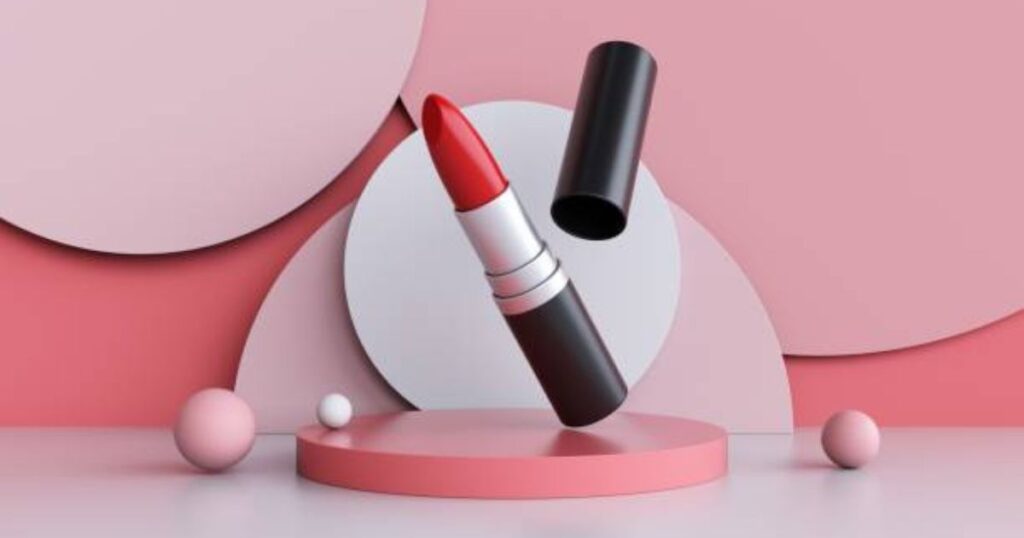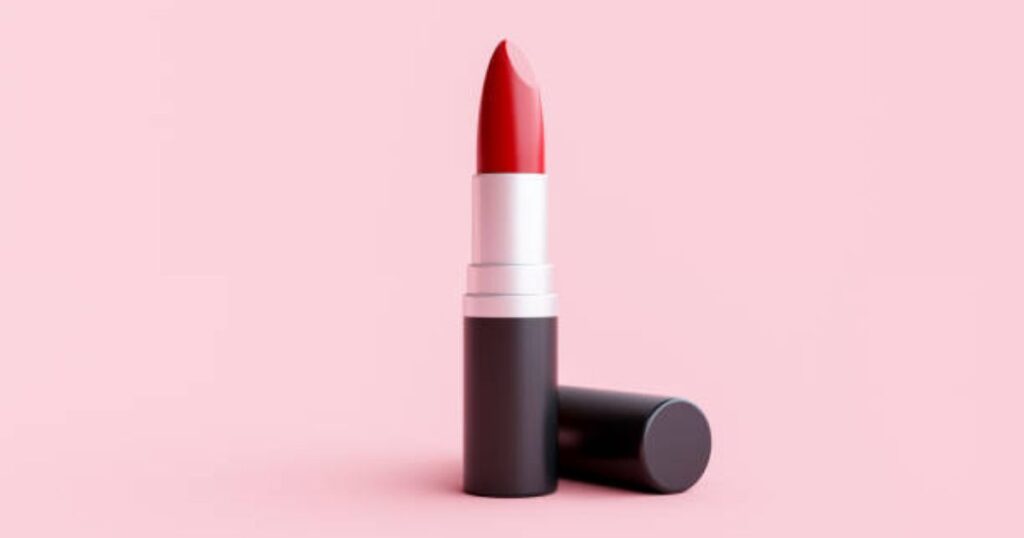When it comes to cosmetics, lipstick stands as the reigning queen in the beauty industry. It not only adds a splash of color but also enhances the allure of lips. Lipstick comes in an array of shades, from the classic red to daring black. But have you ever wondered what goes into making this beauty essential? In this blog post, we will delve into the ingredients of lipstick, explore the fascinating world of lipstick colors, and shed light on some intriguing facts about its composition.
Ingredients of Lipstick
Wax: The Structural Foundation
Wax is a fundamental ingredient in lipstick, providing it with structure and form. Beeswax, known for its natural and renewable properties, is commonly used in lipsticks. Other waxes like carnauba and candelilla wax are also prevalent choices.
Oils: Nourishment for Your Lips
The inclusion of oils in lipstick not only imparts a smooth and soft texture but also adds moisture. Oils like castor oil, jojoba oil, and coconut oil are often part of lipstick formulations, making them easy to apply and comfortable to wear.
Emollients: Softening and Moisturizing
Emollients are responsible for softening the skin, providing a smooth appearance, and keeping the lips moisturized. Popular emollients used in lipsticks include lanolin, shea butter, and cocoa butter.
Preservatives: Extending Shelf Life
Preservatives play a crucial role in safeguarding lipstick from microbial contamination, ensuring a longer shelf life. Parabens and phenoxyethanol are commonly added to preserve the quality of lipsticks.
Pretty Colors: The Role of Pigments
Lipsticks are celebrated for their diverse color range, from the classic red to unconventional shades like black and green. The key to these captivating hues lies in pigments. These coloring compounds are mixed into the wax bases to achieve the desired shades. While natural pigments such as beet juice are available, synthetic pigments are typically used to create the wide spectrum of lipstick colors.

Lipstick’s history includes some surprising ingredients, with one of the most infamous being whale vomit, also known as ambergris. This waxy substance, produced in the digestive systems of whales, was once used as an emollient in lipstick formulations. Thankfully, most companies have replaced it with alternative ingredients.
Another unconventional addition to lipstick is guanine, derived from fish scales, to create a shiny or pearly appearance in the texture.
If your favorite lipstick shade is red, you might be intrigued to know that achieving that enticing red hue requires carmine, a dye produced by grinding the scales of the female cochineal insect.
However, it’s worth noting that some of these ingredients are animal-based, which might be a consideration for those following a vegan lifestyle.
The Paraben Controversy
The use of parabens as preservatives in cosmetics, including lipsticks, has sparked controversy due to potential health risks. Parabens can penetrate the skin and enter the body, disrupting hormone function, particularly estrogen. This disruption may have implications for reproductive health and fertility, and there are concerns about a possible link to cancer. As a result, lipsticks and other cosmetics containing parabens should be used with caution.
Exploring the World of Lipstick
Common Lipstick Ingredients and Their Functions
| Ingredient | Function |
| Wax | Provides structure and shape |
| Oils | Adds moisture and smoothness |
| Emollients | Softens, moisturizes, and smoothens the skin |
| Preservatives | Protects from microbial contamination |
| Pigments | Provides a wide range of colors |
Check Also:
FAQs:
Are there vegan alternatives for lipstick ingredients?
Yes, there are vegan-friendly lipstick options that use plant-based waxes, oils, and colorants. Check the product labels for terms like “vegan” or “cruelty-free” to ensure your lipstick aligns with your values.
How can I find out if my lipstick contains parabens?
Review the ingredient list on the lipstick packaging. If parabens are present, they will typically be listed as specific compounds like methylparaben or propylparaben. Alternatively, look for lipsticks marketed as “paraben-free.”
Can I make my own natural lipstick at home?
Certainly! You can experiment with creating your own lipstick using natural ingredients like beeswax, coconut oil, and natural pigments from fruits or spices. Many DIY lipstick recipes are available online.
What is the significance of the cochineal insect in lipstick production?
The cochineal insect is used to produce carmine, a red dye. Its scales are ground to create this vibrant red pigment, which is widely used in the cosmetics industry.
Conclusion:
Lipstick is more than just a cosmetic product; it’s a fusion of various ingredients that cater to both aesthetics and function. From wax for structure to pigments for color, the world of lipstick is a fascinating blend of science and art. While there have been controversies over certain ingredients like parabens, the beauty industry continues to evolve, offering an ever-expanding array of lipstick options for consumers to enjoy. So, the next time you pick your favorite shade, you’ll have a deeper understanding of what makes it so alluring.

